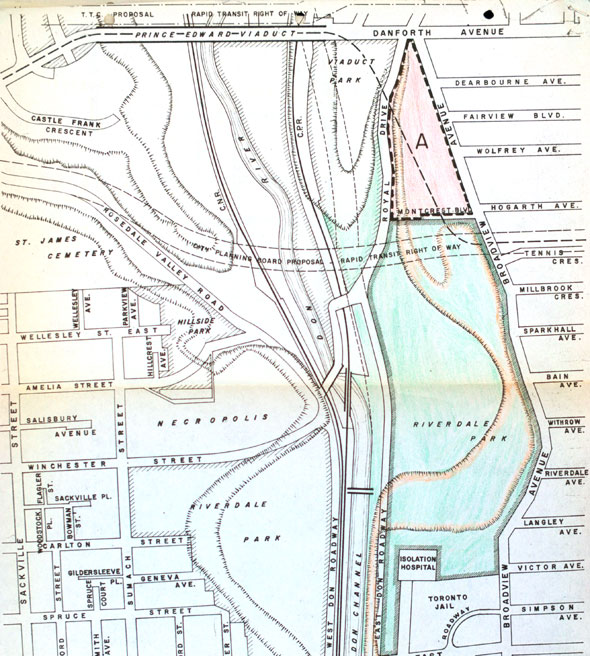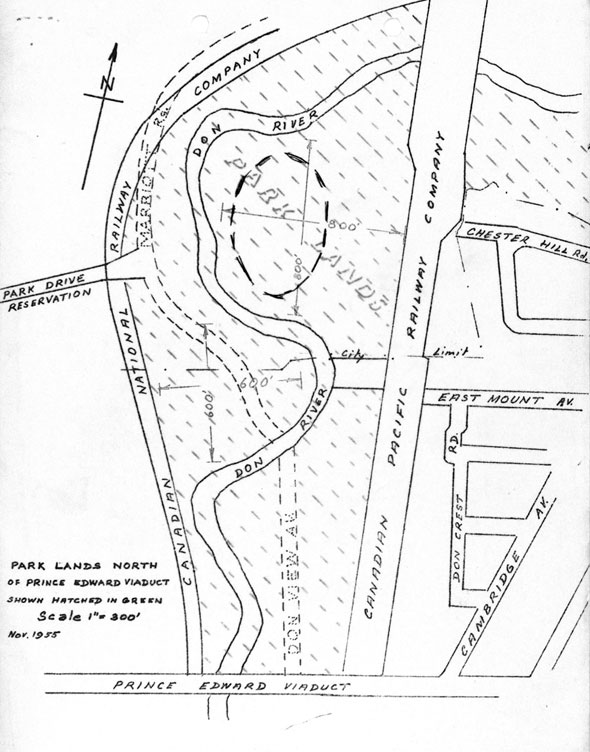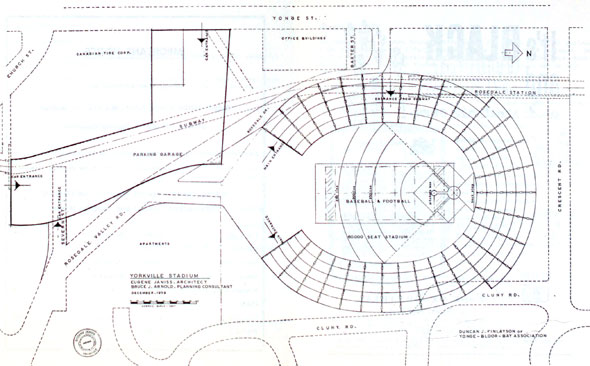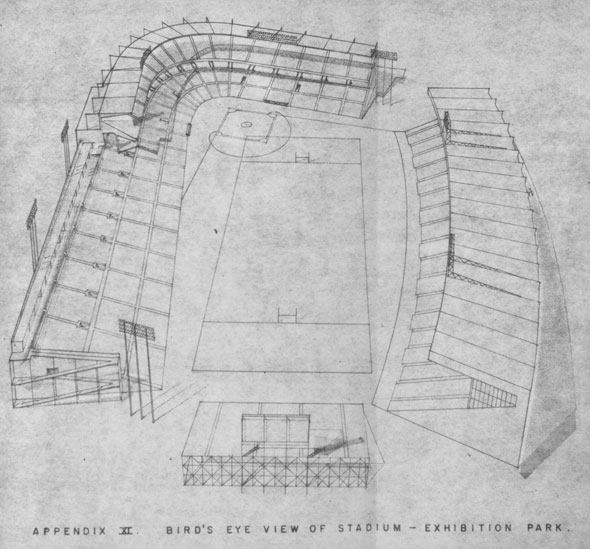The future of Downsview Park has been
thrown up in the air now that the urban park has been moved under the
umbrella of the Crown property management corporation.
Public Works Minister Rona Ambrose announced Thursday that the massive park at Keele St. and Sheppard Ave. W. and the Old Port of Montreal are being placed under stewardship of the Canada Lands Co.
“We believe it is imperative that Canadians have confidence in how Crown corporations operate and use their hard-earned money,” Ambrose said.
According to its website. Canada Lands “manages, redevelops and/or sells” federal properties “that are no longer required for program purposes.”
City Councillor Maria Augimeri called the announcement a massive betrayal of Toronto residents.
“I’m so offended,” she said. “Once the community hears about this . . . they will be angry and insulted.”
“We’ve been betrayed. . . . We’re now in the process of being overrun by highrises and midrise apartments and thousands of townhouses that no one in the community wants.”
No decision has been made on the park’s future, said a Canada Lands spokeswoman.
“We have to get our due diligence done and take it from there,” said Manon Lapensée.
An operational review isn’t expected to be completed until early in the new year, she said. “We’re starting at a blank slate.”
In the late 1990s, the federal government declared the surplus military base “Canada’s first national urban park,” and yet for many years it was not much more than empty space to accommodate large gatherings.
It was at Downsview Park that Pope John Paul II and 800,000 young Catholics gathered in 2002. In 2003, the park was the site of the SARStock benefit concert, featuring the Rolling Stones.
After years of deliberation, planning and work, the 145-hectare park officially opened in July. Hills, valleys and a large “lake” — a stormwater retention pond ringed with paths and trees — were created in the massive development.
And yet Downsview is still a work in progress. Plans include several new neighbourhoods, a possible aerospace/educational hub and sports facilities. A subway station will open there in 2015.
In the middle of the site, Bombardier continues to manufacture airplanes that fly from here around the world.
The federal decision comes as the Old Port of Montreal has been mired in a financial scandal. In contrast, Downsview Park has been hailed as an urban oasis and a triumph of community involvement.
Former Downsview Park board chair David Soknacki said he wasn’t surprised by the move. Ottawa “let all of the board members lapse to do this,” he said.
Soknacki said the park was created as a result of numerous meetings in churches, synagogues, union halls and basements. “We had an excellent opportunity and we used it. Nobody can take anything away from what the board has created.”
Asked to predict the park’s future, Soknacki said: “It’s very much the call of the minister.”
A Canada Lands statement said its objectives are to leverage its expertise “in real estate development and property management, strengthen accountability, ensure continuity and the long-term financial viability of Downsview Park and Old Port of Montréal while offering the best possible returns to Canadians and the Government of Canada.”
Public Works Minister Rona Ambrose announced Thursday that the massive park at Keele St. and Sheppard Ave. W. and the Old Port of Montreal are being placed under stewardship of the Canada Lands Co.
“We believe it is imperative that Canadians have confidence in how Crown corporations operate and use their hard-earned money,” Ambrose said.
According to its website. Canada Lands “manages, redevelops and/or sells” federal properties “that are no longer required for program purposes.”
City Councillor Maria Augimeri called the announcement a massive betrayal of Toronto residents.
“I’m so offended,” she said. “Once the community hears about this . . . they will be angry and insulted.”
“We’ve been betrayed. . . . We’re now in the process of being overrun by highrises and midrise apartments and thousands of townhouses that no one in the community wants.”
No decision has been made on the park’s future, said a Canada Lands spokeswoman.
“We have to get our due diligence done and take it from there,” said Manon Lapensée.
An operational review isn’t expected to be completed until early in the new year, she said. “We’re starting at a blank slate.”
In the late 1990s, the federal government declared the surplus military base “Canada’s first national urban park,” and yet for many years it was not much more than empty space to accommodate large gatherings.
It was at Downsview Park that Pope John Paul II and 800,000 young Catholics gathered in 2002. In 2003, the park was the site of the SARStock benefit concert, featuring the Rolling Stones.
After years of deliberation, planning and work, the 145-hectare park officially opened in July. Hills, valleys and a large “lake” — a stormwater retention pond ringed with paths and trees — were created in the massive development.
And yet Downsview is still a work in progress. Plans include several new neighbourhoods, a possible aerospace/educational hub and sports facilities. A subway station will open there in 2015.
In the middle of the site, Bombardier continues to manufacture airplanes that fly from here around the world.
The federal decision comes as the Old Port of Montreal has been mired in a financial scandal. In contrast, Downsview Park has been hailed as an urban oasis and a triumph of community involvement.
Former Downsview Park board chair David Soknacki said he wasn’t surprised by the move. Ottawa “let all of the board members lapse to do this,” he said.
Soknacki said the park was created as a result of numerous meetings in churches, synagogues, union halls and basements. “We had an excellent opportunity and we used it. Nobody can take anything away from what the board has created.”
Asked to predict the park’s future, Soknacki said: “It’s very much the call of the minister.”
A Canada Lands statement said its objectives are to leverage its expertise “in real estate development and property management, strengthen accountability, ensure continuity and the long-term financial viability of Downsview Park and Old Port of Montréal while offering the best possible returns to Canadians and the Government of Canada.”

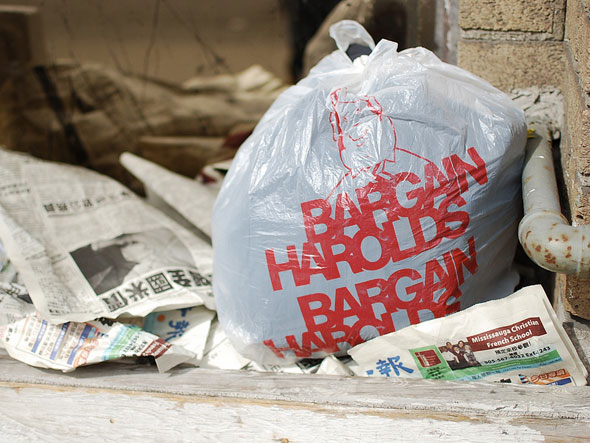 Toronto
city council has voted 38-7 not to adopt a bylaw banning the sale of
single use plastic bags, instead opting for further study into
alternative ways of discouraging use of the shopping containers.
Toronto
city council has voted 38-7 not to adopt a bylaw banning the sale of
single use plastic bags, instead opting for further study into
alternative ways of discouraging use of the shopping containers. 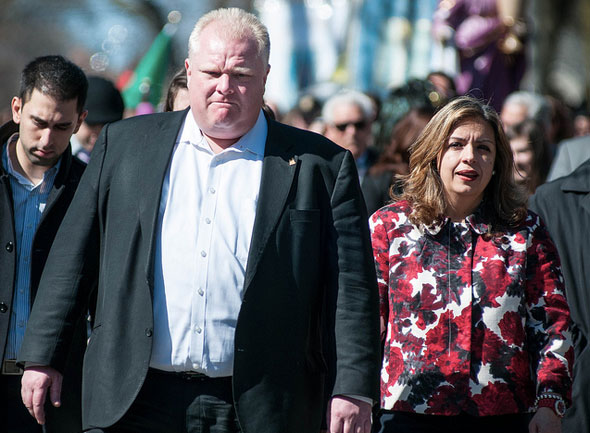 Rob Ford is on his way out as mayor of Toronto. Justice Charles Hackland ruled this morning that Ford breached the
Rob Ford is on his way out as mayor of Toronto. Justice Charles Hackland ruled this morning that Ford breached the 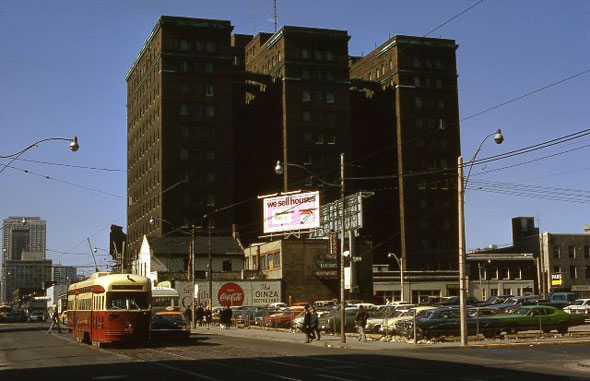
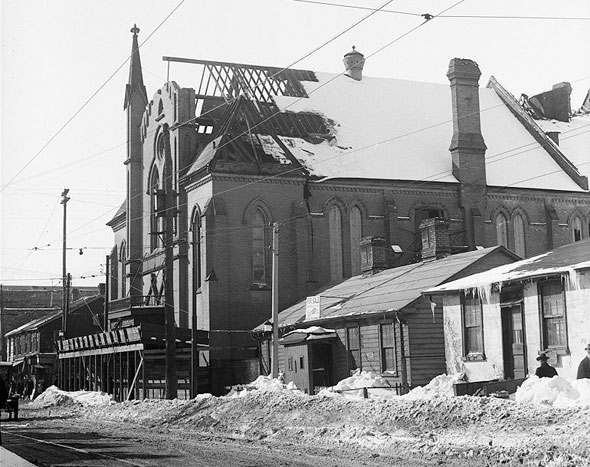
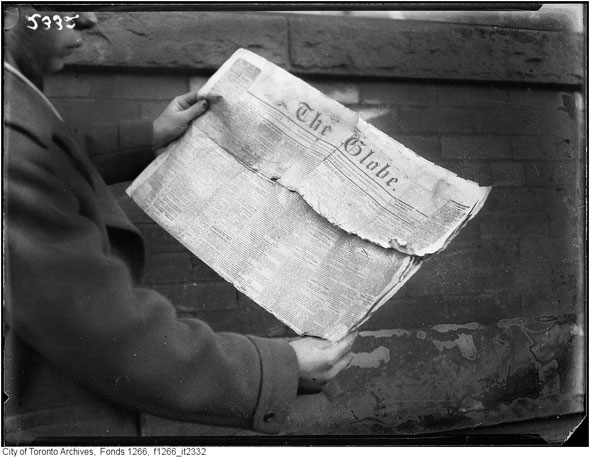
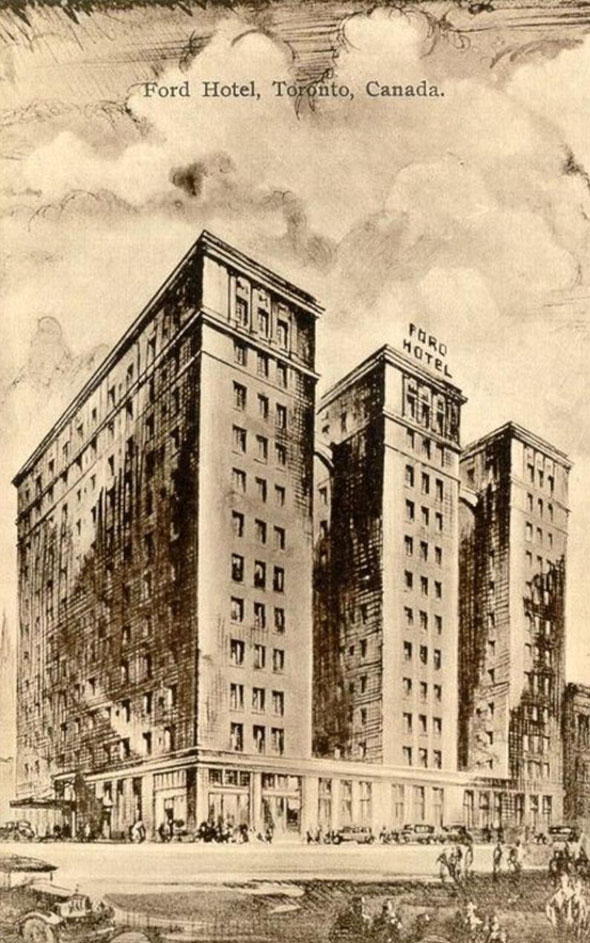 The opening reception on May 31st 1928 featured Toronto mayor
The opening reception on May 31st 1928 featured Toronto mayor 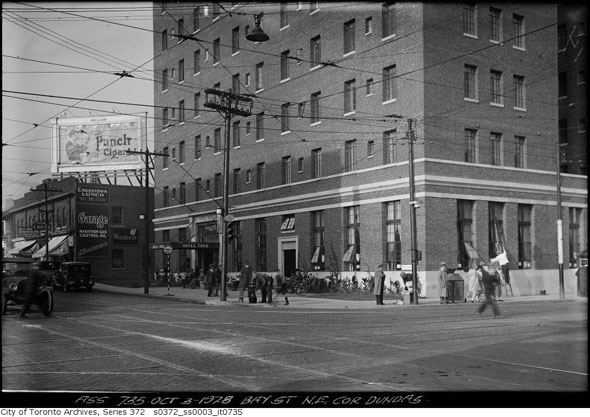 Down on Front Street, the
Down on Front Street, the 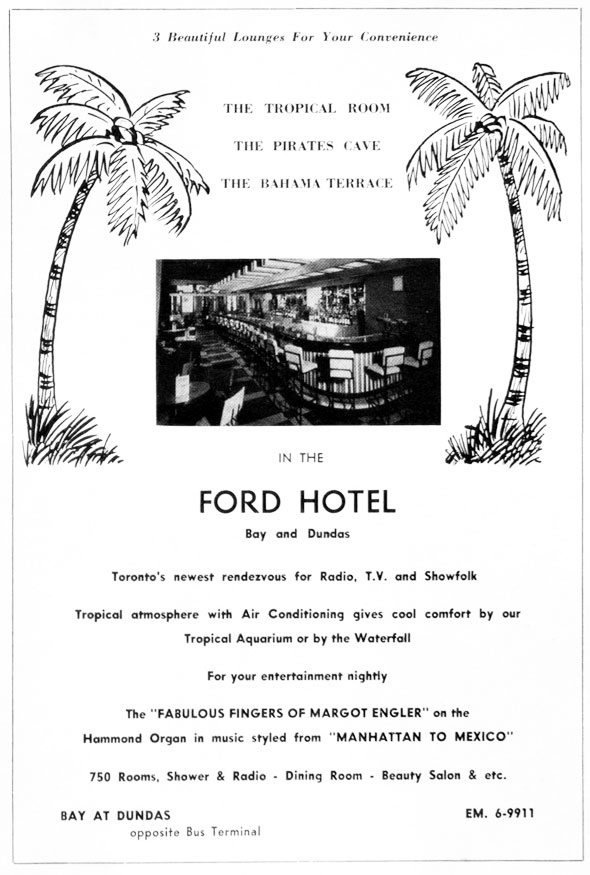 In
what appears to be the first in a series of tragic events, a
30-year-old Montreal woman, "Mrs. Richie," dressed in a red dress, fur
hat, and fawn coloured coat, requested a room with a view at the Ford.
Once inside, at 11:40 am precisely, she pushed a chair against the
window, opened it wide, and jumped to her death onto the roof of the
second-floor restaurant. Her fair hair was gently blowing in the late
summer breeze when police reached her lifeless body minutes later.
In
what appears to be the first in a series of tragic events, a
30-year-old Montreal woman, "Mrs. Richie," dressed in a red dress, fur
hat, and fawn coloured coat, requested a room with a view at the Ford.
Once inside, at 11:40 am precisely, she pushed a chair against the
window, opened it wide, and jumped to her death onto the roof of the
second-floor restaurant. Her fair hair was gently blowing in the late
summer breeze when police reached her lifeless body minutes later.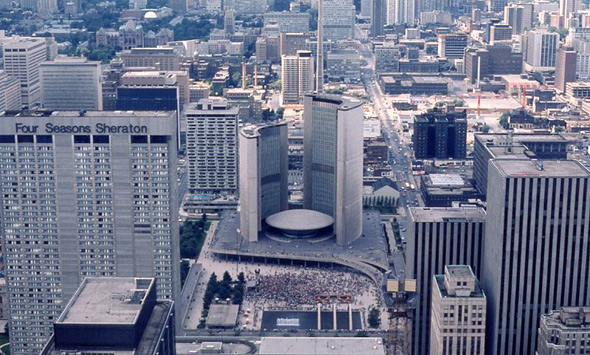 In
1955, all hell broke lose. Zarano Borg, an itinerant Maltese laborer,
checked into the Ford Hotel claiming he wanted to be closer to the
hustle and bustle of the city. His old place on Broadview Avenue was too
quiet.
In
1955, all hell broke lose. Zarano Borg, an itinerant Maltese laborer,
checked into the Ford Hotel claiming he wanted to be closer to the
hustle and bustle of the city. His old place on Broadview Avenue was too
quiet.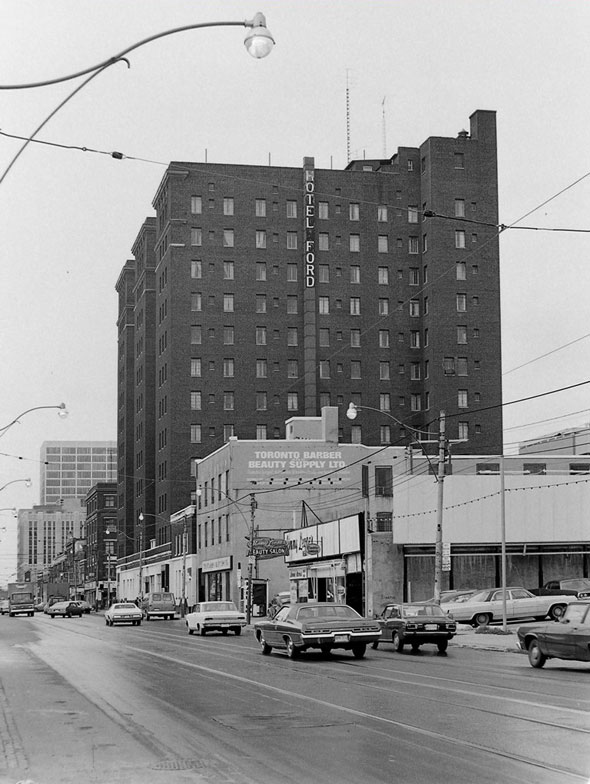 Despite minor renovations during its brief spell in the
Despite minor renovations during its brief spell in the 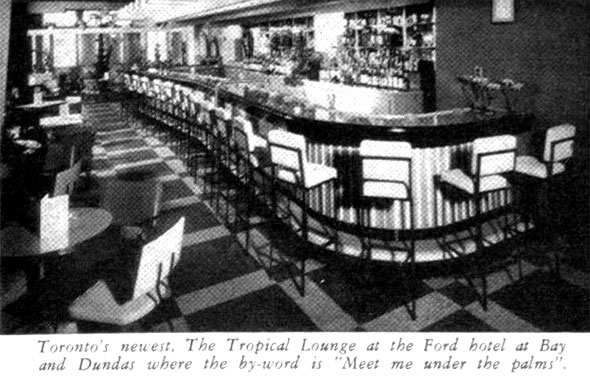 The
final chapter in the Ford Hotel's history was similarly tragic. On July
26th, 1973 the lifeless, mutilated body of 9-year-old Kirkland Deasley
was found on the bed of a ninth floor room by Nabir Cassir, a clerk.
Deasley had left home that day to earn money carrying groceries at a
Parliament Street supermarket and had seemingly been lured inside by a
man later identified as John McBeth Finlayson, a 37-year-old drifter and
part-time baker. He had been sexually assaulted, bitten, and strangled.
The
final chapter in the Ford Hotel's history was similarly tragic. On July
26th, 1973 the lifeless, mutilated body of 9-year-old Kirkland Deasley
was found on the bed of a ninth floor room by Nabir Cassir, a clerk.
Deasley had left home that day to earn money carrying groceries at a
Parliament Street supermarket and had seemingly been lured inside by a
man later identified as John McBeth Finlayson, a 37-year-old drifter and
part-time baker. He had been sexually assaulted, bitten, and strangled.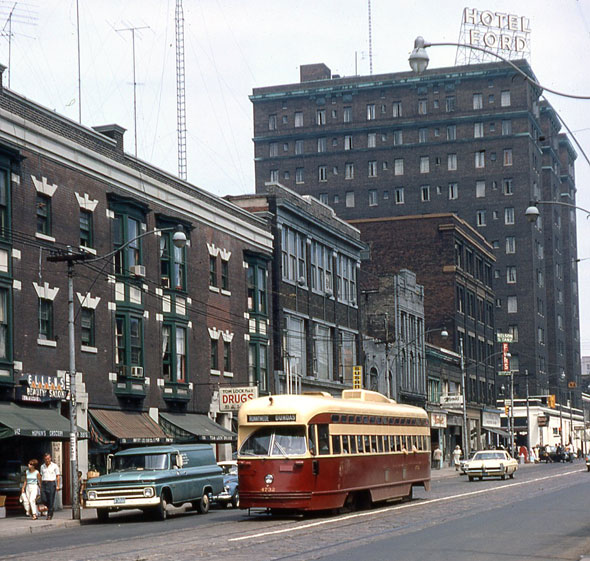 The
day before, a man wearing blue workpants and shirt was spotted walking
along a highway feeder road west of Burlington, his thumb out for a
ride. A suspicious driver called phoned in a report and that afternoon
cops picked up the wanted man and returned him to Toronto.
The
day before, a man wearing blue workpants and shirt was spotted walking
along a highway feeder road west of Burlington, his thumb out for a
ride. A suspicious driver called phoned in a report and that afternoon
cops picked up the wanted man and returned him to Toronto.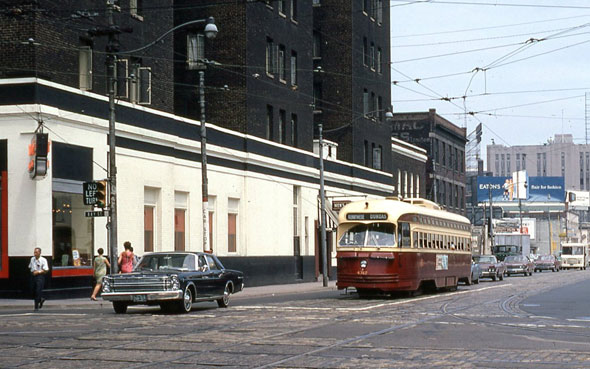 The
case likely finished off the Ford Hotel's reputation. The business
announced it would close in 1973 and workers would soon begin
demolishing the building. Bar and bedroom furniture, TVs, pictures, and
furnishings were snapped up by nostalgia buffs. Various grubby signs,
bottles of bear oil, and even a barber's chair were hot ticket items at
the sale.
The
case likely finished off the Ford Hotel's reputation. The business
announced it would close in 1973 and workers would soon begin
demolishing the building. Bar and bedroom furniture, TVs, pictures, and
furnishings were snapped up by nostalgia buffs. Various grubby signs,
bottles of bear oil, and even a barber's chair were hot ticket items at
the sale.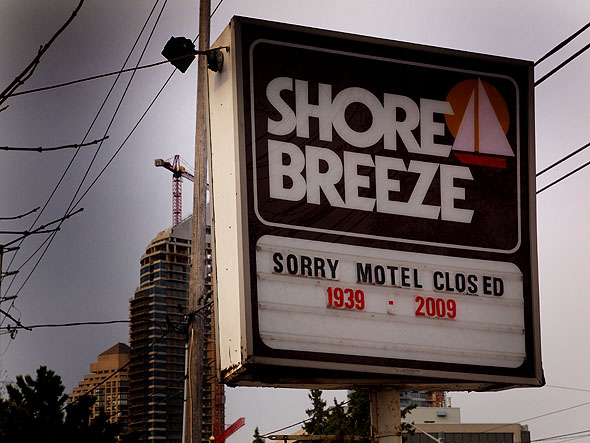
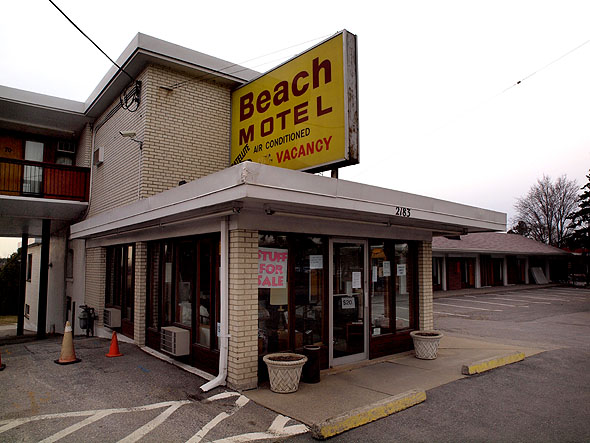
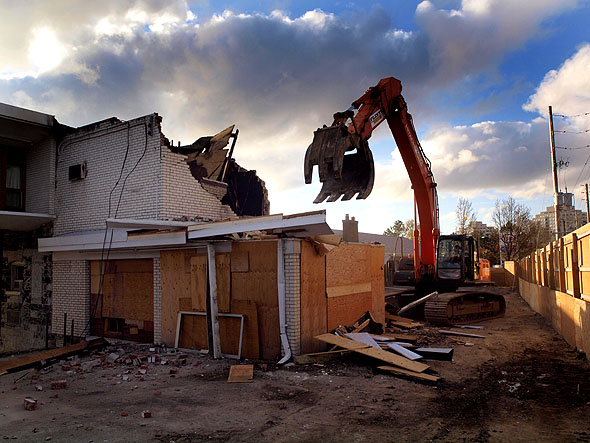
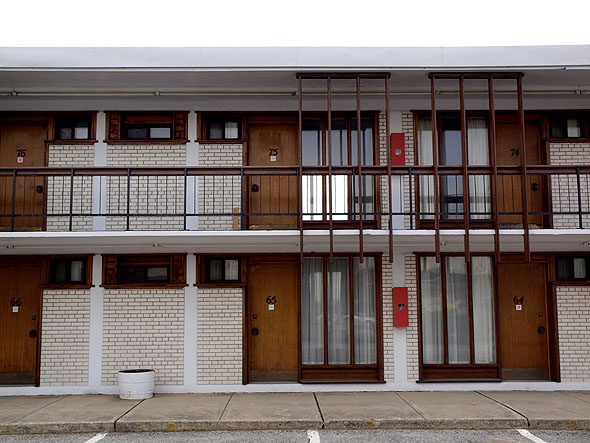
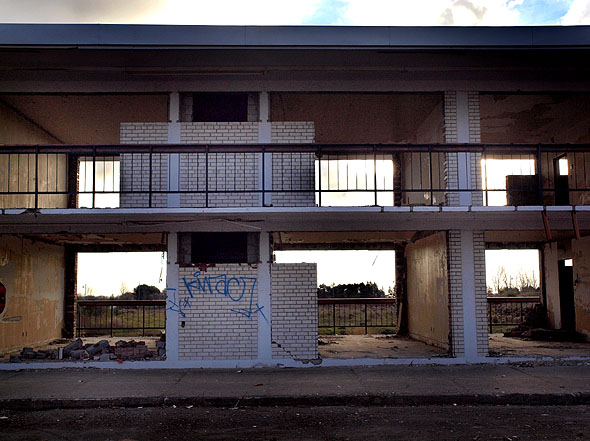
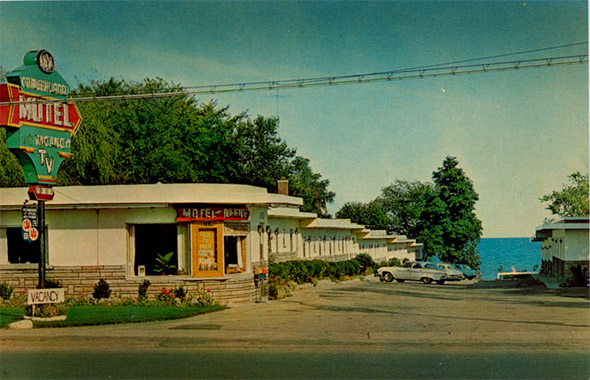
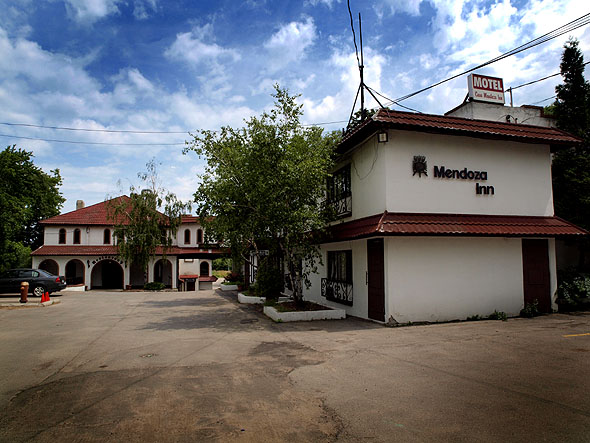
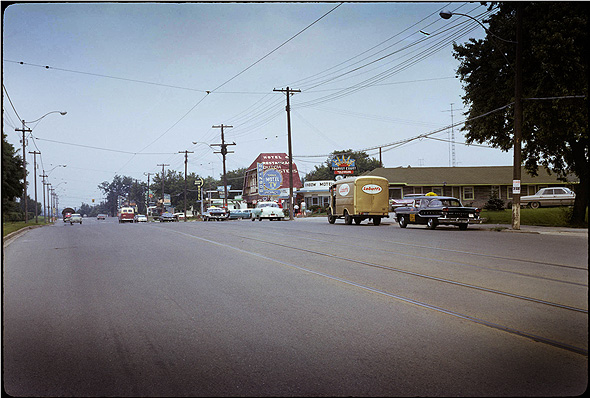
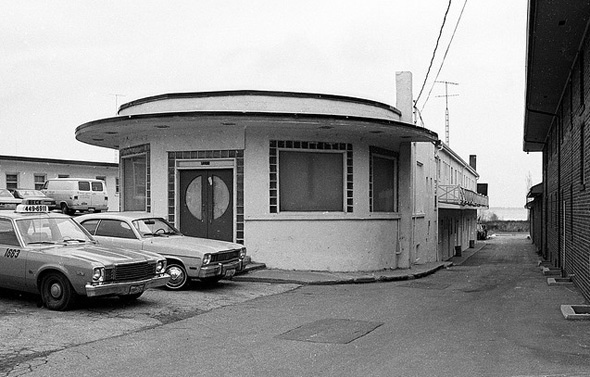
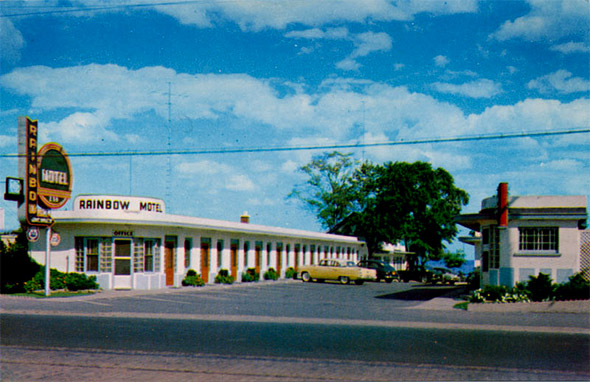
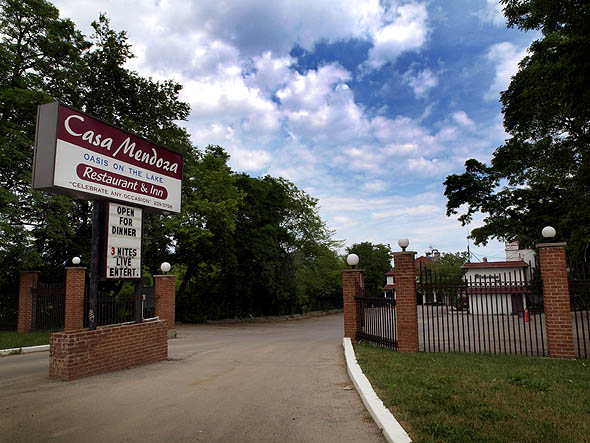
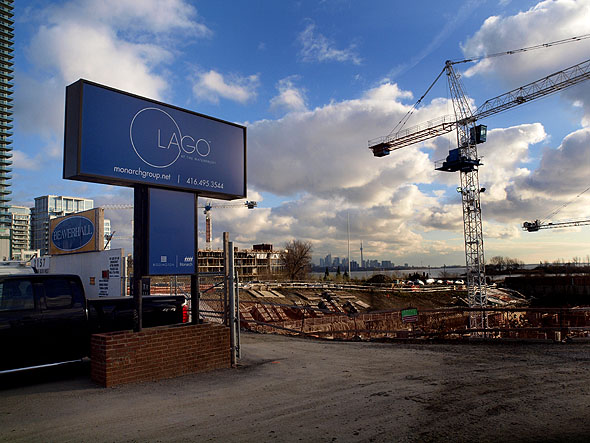
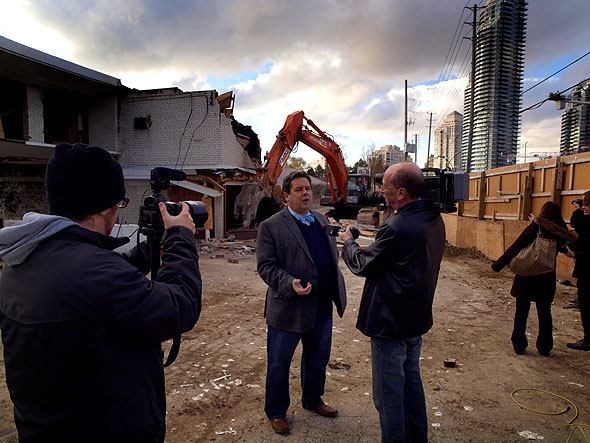

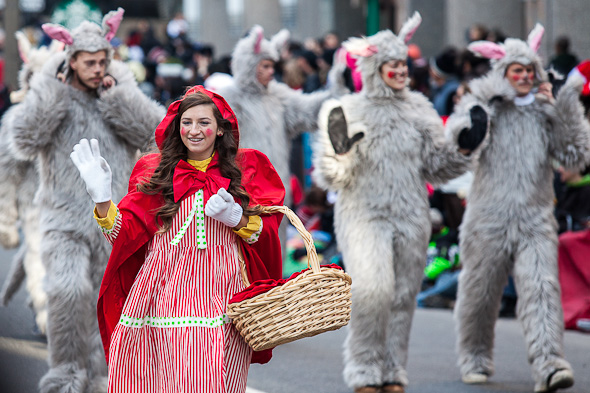
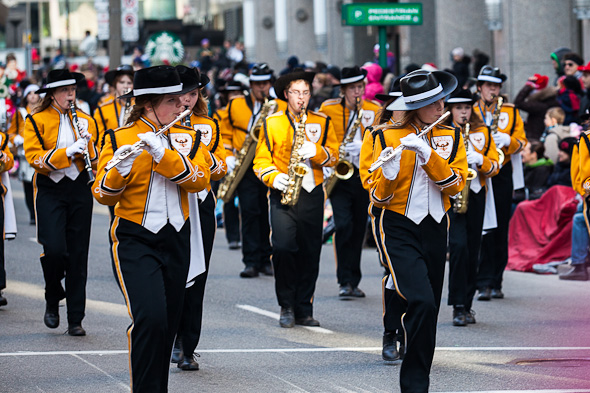

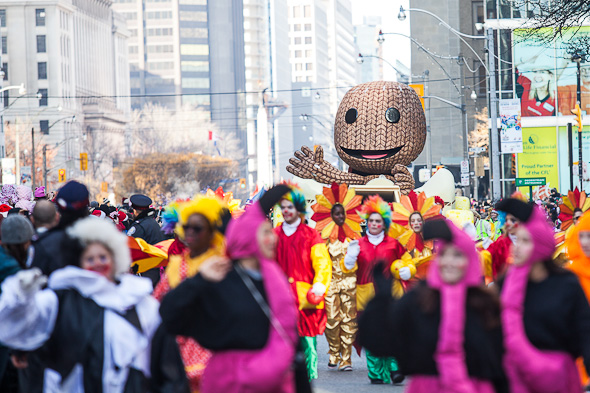
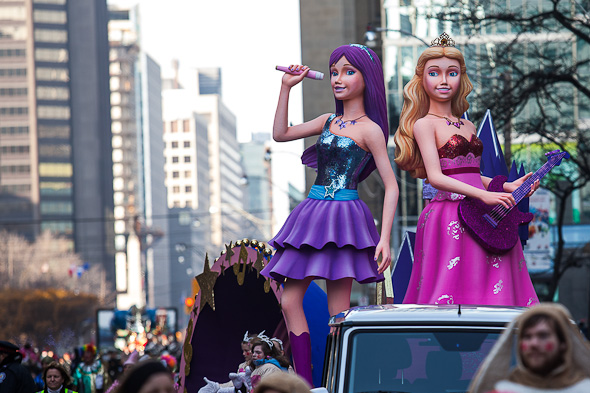
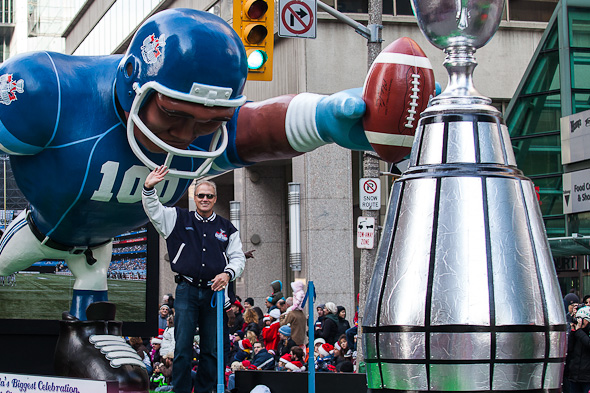
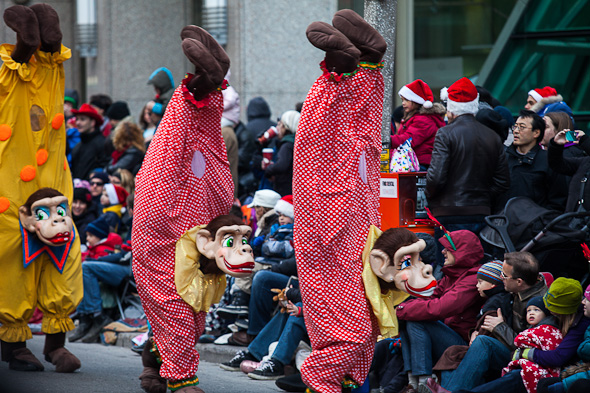

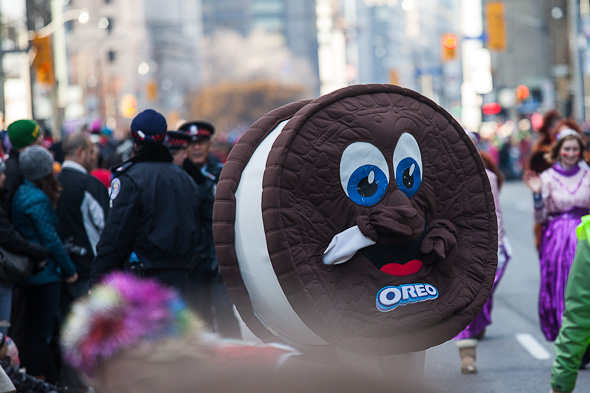
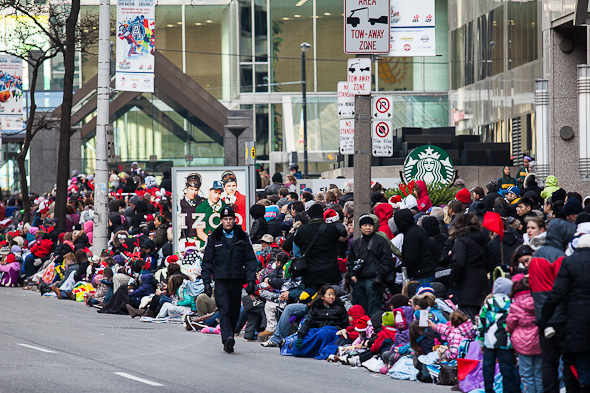
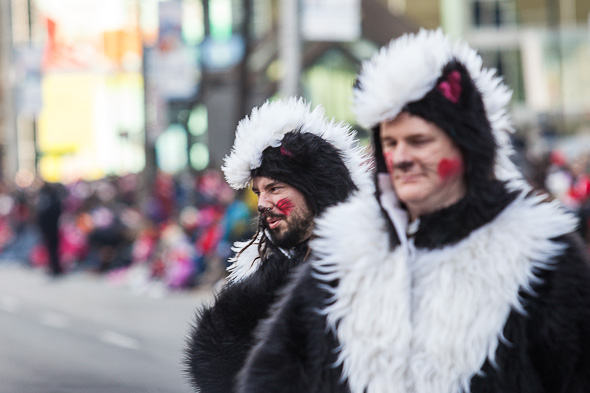
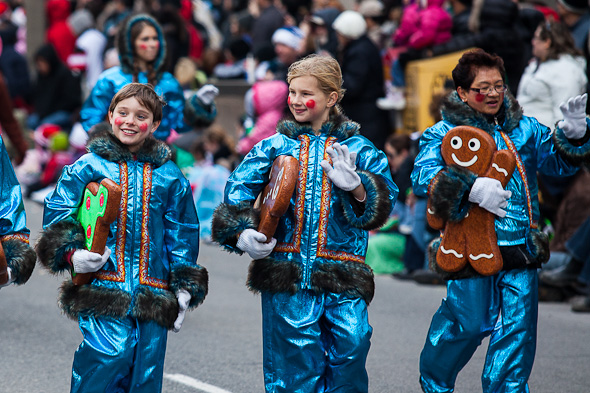

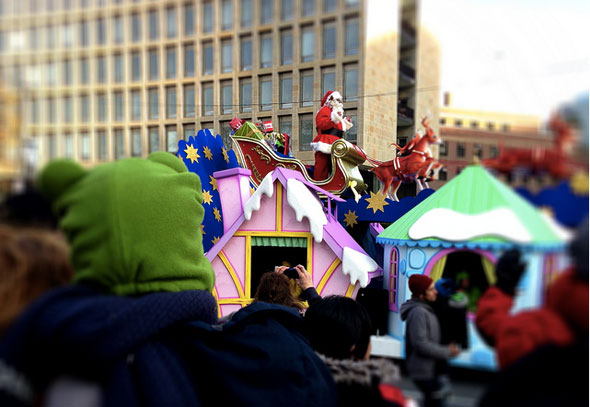
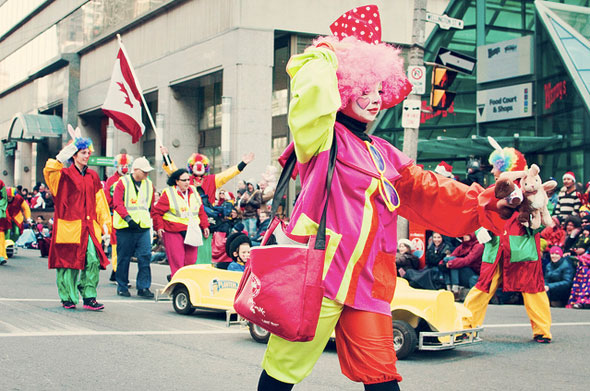

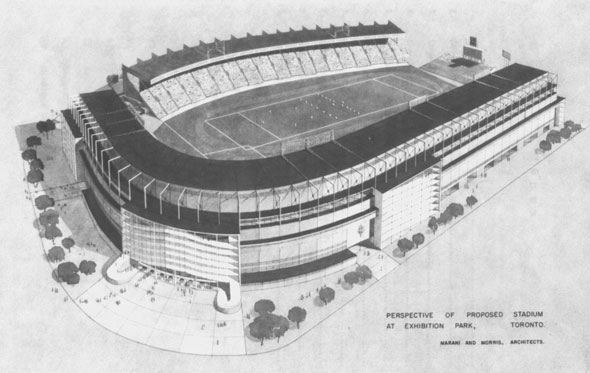
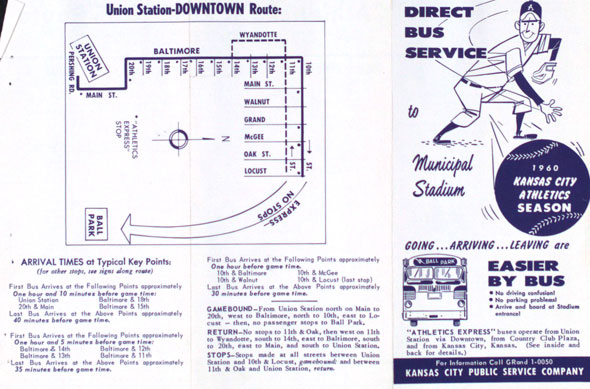
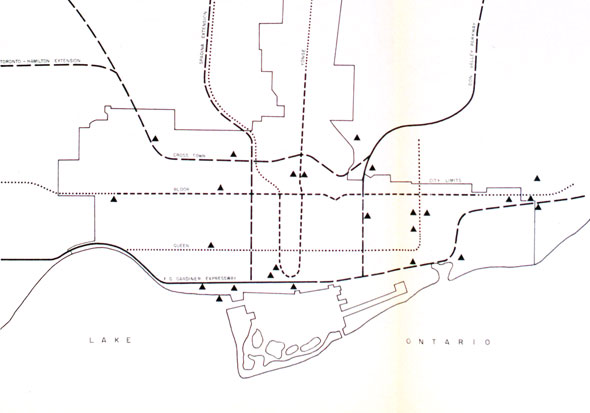
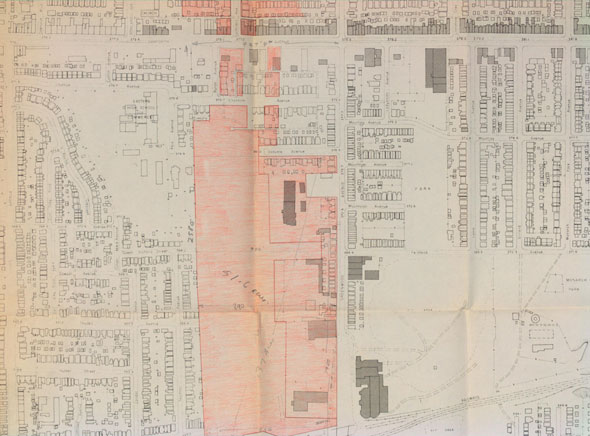
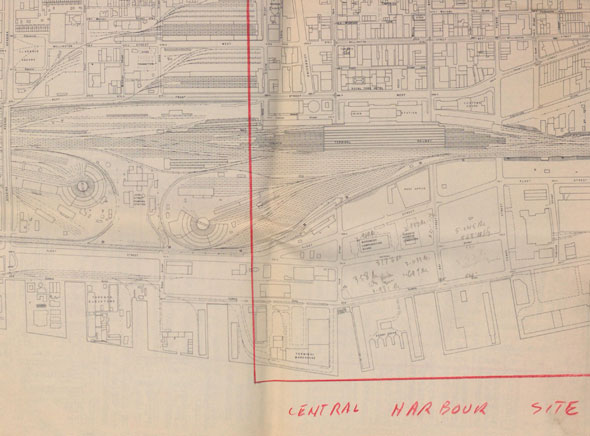
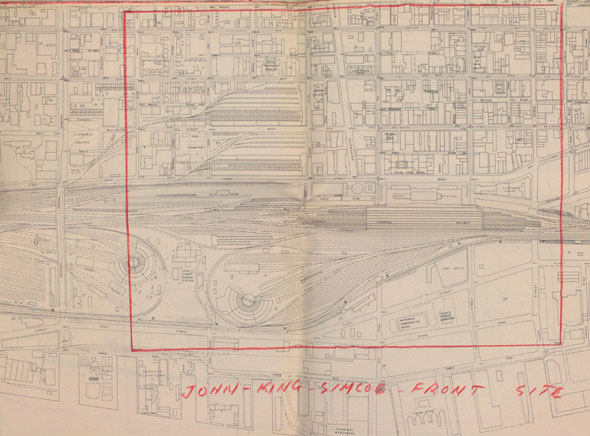 Foreseeing
the reduction in railway use in the area, a stadium was planned to
cover the area south of King north of Front, effectively condemning part
of Wellington Street to pass through a tunnel.
Foreseeing
the reduction in railway use in the area, a stadium was planned to
cover the area south of King north of Front, effectively condemning part
of Wellington Street to pass through a tunnel. 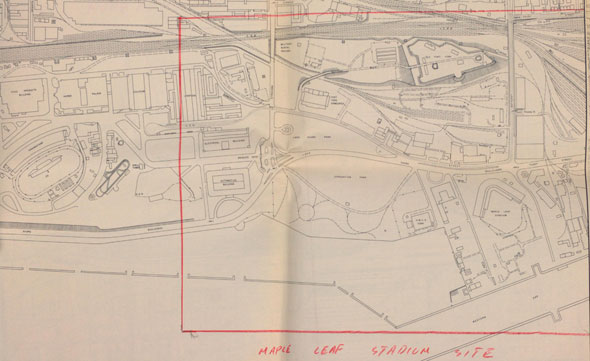 Refurbishing
the former home of the bat and ball Toronto Maple Leafs made a good
deal of sense. The site was big enough to accommodate expansion, the
ballpark was already established, and there was a good chance of
building links to the proposed Queen Street subway and the Gardiner
Expressway.
Refurbishing
the former home of the bat and ball Toronto Maple Leafs made a good
deal of sense. The site was big enough to accommodate expansion, the
ballpark was already established, and there was a good chance of
building links to the proposed Queen Street subway and the Gardiner
Expressway.